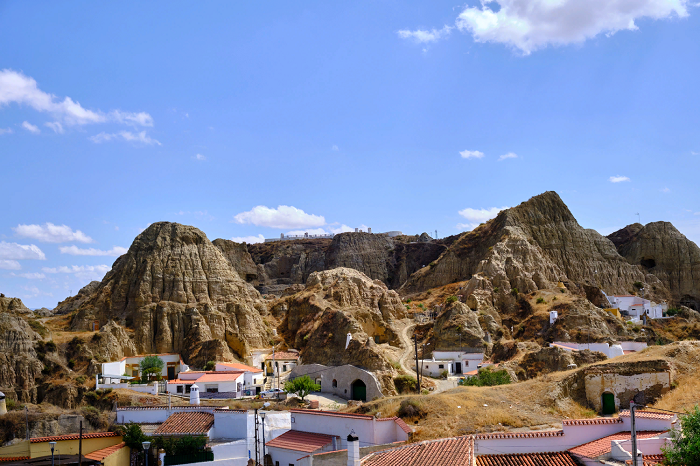Modern architecture’s approach to space is quite linear: the envelopment of a given volume by some form of material construction. But if we look at the first intentional dwellings of mankind, it becomes clear that they were much less intentional.
Instead of artificial zones to be proud of, our earliest homes were natural cave lairs that offered hunter-gatherers temporary protection from the elements and potential predators. It was only after the advent of agriculture that our ancestors occupied permanent, built houses. To this day, troglodytism—or cave life—continues to be associated with ideas of social disunity and a hermetic desire to exist outside of orthodox architectural norms. And yet, from northern China to western France to central Turkey, hundreds of millions of people still choose to spend their lives at least partly underground.
According to recent archaeological discoveries, mankind first began to use caves as early as 1.8 million years ago. Primarily used in winter or other adverse weather conditions, these original dwellings were short-term shelters that provided natural protection and a safe environment that minimized the risk of wildfires. They were also places of art.
Even today, this type of architecture has several advantages: the thermal masses of the earth are natural insulators and make heating as well as cooling almost entirely unnecessary in temperate climates. The use of natural structures is much more efficient than the modern building process of creating them from scratch, and maintenance is minimal in comparison. In a 2006 study of Chinese cave dwellings in Shaanxi province (which still has over 30 million people), researcher Jiang Lu found that underground dwellings met most of today’s sustainable design principles, which require minimal environmental impact.
Putting space in boxes didn’t make us happy – so what if the answer lies in the earth itself? Despite the prejudice associated with the idea of life surrounded by bare rocks, a reassessment of troglodyte architecture may be long overdue. Instead of looking up to the sky for blueprints for our future—whether in the form of a flying car or a dizzying skyscraper—looking down (and inward) can create architectural solutions far better suited to a world threatened by climate change and war.












Leave a reply